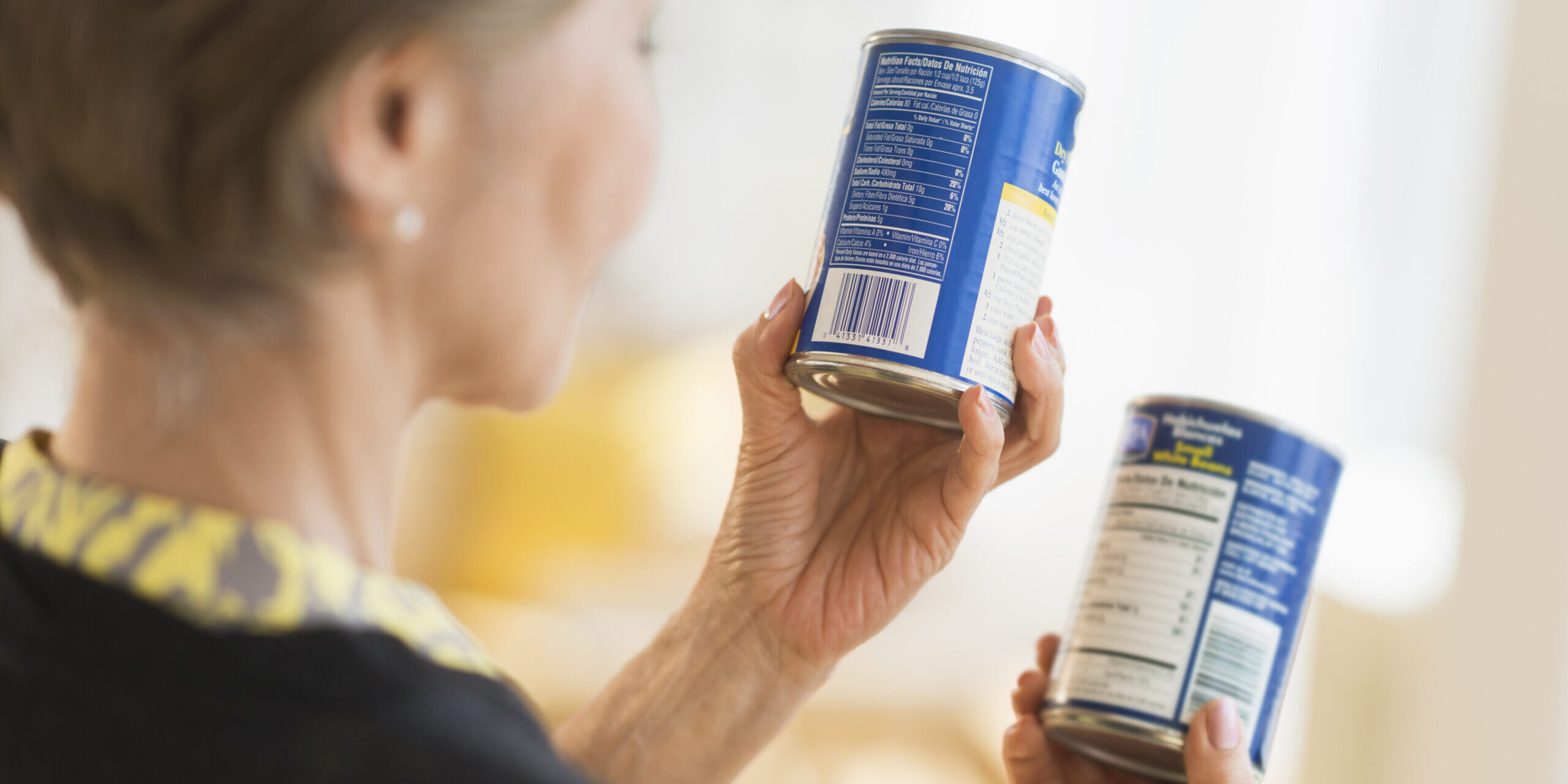By Erin McKenna, RDN, CDN
In 2016, the FDA announced the new Nutrition Facts label for packaged foods. This new label will make it easier for consumers to make better informed food choices. The current label is more than 20 years old.
The changes are being made to make sure consumers have access to the most recent information about the foods they are eating. They are based on updated scientific information, new nutrition and public health research, recent dietary recommendations from experts, and input from the general public.
Here’s a list of some of the changes you may start seeing in the next few months.
- The font size increased for calories, servings per container and the serving size.
- The number of calories and the serving size will be bold to highlight the information.
- There will be a footnote better explaining what “Daily Value” means. It will read: “The % Daily Value tells you how much a nutrient in a serving of food contributes to a daily diet. 2,000 calories a day is used for general nutrition advice”.
- Manufactures must state the actual amount and percent daily value of vitamin D, calcium, iron and potassium. Vitamin A and C are no longer required. Vitamin D and potassium are being added because most Americans don’t get enough of them, according to a nationwide food consumption survey.
- Added sugars are a new feature of the new label. It will be represented in grams and as percent Daily Value. Milk (lactose) and fruit (fructose) have naturally occurring sugar. Added sugars are syrups that are added to foods or beverages when they are processed. Examples of added sugars include high fructose corn syrup, evaporated cane juice, agave, honey, molasses, and fruit juice concentrates.
- Calories from fat is being removed because the research shows the type of fat is more important than the amount. Manufacturers will still be required to list “Total Fat”, “Saturated Fat”, and “Trans Fat”.
- Serving sizes are going to reflect the amounts of food and beverages people are actually consuming, but not what they should be consuming. For example a serving size of ice cream is changing from ½ cup to 2/3 cup; a serving size of soda is changing from 8 oz to 12 oz; and yogurt is decreasing from 8 oz to 6 oz
Erin McKenna is a Registered Dietitian Nutritionist who is currently working with Bariatric and Medical Weight Management patients. She helps them achieve their health and weight loss goals.

